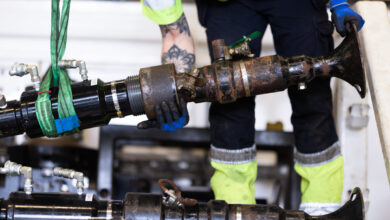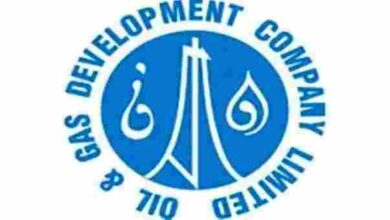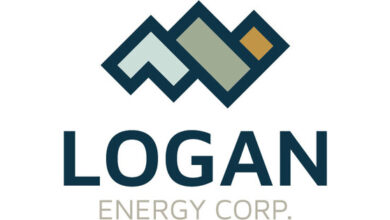Survey reveals low oil price impacts operational risk and process safety management in hazardous industries
Petrotechnics, the developer of Proscient – the hazardous industries’ first software platform for operational excellence (OE), has released part one of its 2018 Operational Risk and Process Safety Management Report, which explores how far the oil price downturn and knock-on budgetary squeezes are affecting safety performance.
Insights from more than 100 senior industry leaders reveal 72% believe oil price has had a moderate or significant impact on process safety risk, characterized by major job cuts, loss of corporate memory, cost-cutting and overall belt-tightening brought on by the downturn.
The good news is 83% of survey respondents agree safety is part of their corporate value structures and is supported by the highest levels of management, including the company president or CEO. However, over half of industry leaders admit there is resource tension between safety-related projects and other capital allocation.
The budgetary squeeze is directly impacting operations, maintenance and safety performance. The report showed that 75% say conflicting priorities are a top reason for shortfall in scheduled maintenance completion, 72% agreed it was due to limited resources, and 40% said it was due to limited budget.
“With less budget and staff available, firms are facing difficult decisions about which tasks to complete and when,” Simon Jones, Head of Professional Services at Petrotechnics, said. “The risk here is that maintenance and upkeep of essential safety systems may get lost in the budgetary squeeze, leaving firms vulnerable.”
Industry leaders suggest the gap between process safety intent and reality is widening. In 2017, 70% of survey participants said there were gaps between how process safety was intended and what actually happens at the plant or asset. In 2018, the number has risen to 86%. In addition, they suspect only 38% are proactively managing process safety risk.
When asked about the challenges of delivering effective process safety management, respondents identify their top three challenges as ‘developing safety culture’ (46%) followed by training and competency (34%) and leadership support (30%).
“While the majority of respondents agree safety is integral to their corporate values, there is clearly room for leadership teams to do more to empower decision-making throughout the organisation and enable better risk management. Following a very tumultuous period for the industry, this could do much to improve safety culture,” Mr Jones said.
Part two of the 2018 Operational Risk and Process Safety Management will look at attitudes towards technology and the role it has or could have in improving PSM and operational risk.




